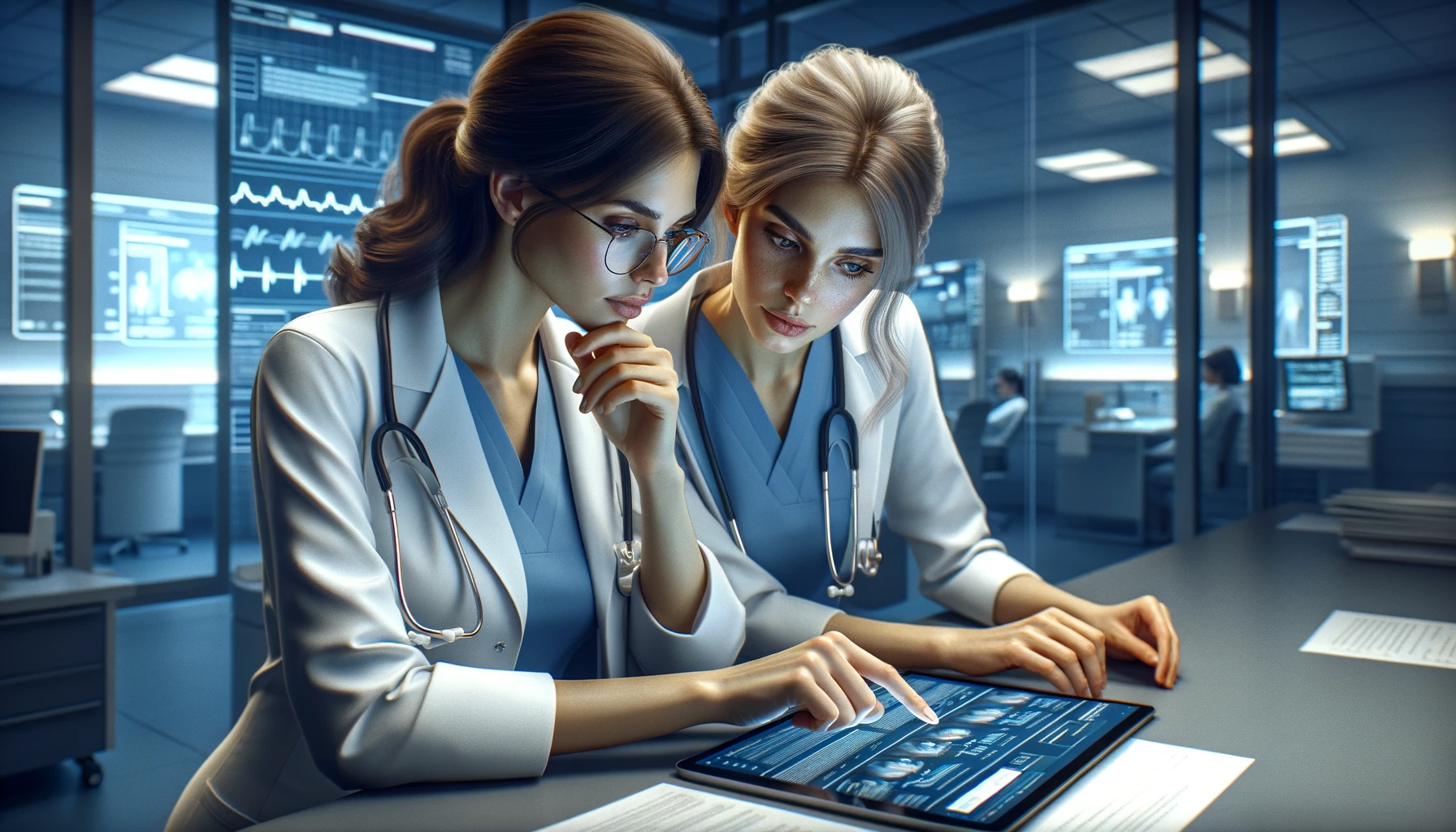In a globalised world, the exchange of accurate information between different cultures and languages is essential. In ensuring accurate and high quality translations, translation in the field of pharmacy and healthcare is of paramount importance. Pharmaceutical and medical translation is not simply a matter of transferring words from one language to another; it is a very sensitive process that requires a deep knowledge of medical terminology, technical background and the overall context of the field. In practice, translators are not infrequently court-appointed.
The pharmaceutical industry relies on accurate and clear information. Translation of pharmaceutical instructions is essential to ensure the safety and efficacy of medicines. Every detail, from the composition of the drug substance to the user instructions or location of numbers and units, must be translated accurately and clearly.
Medical documents, clinical studies, safety data sheets and other materials within the industry require the same care. Healthcare translators must not only have language skills, but also a deep understanding of medical procedures, pharmaceuticals and regulations that affect the entire healthcare industry.
In the European Union, the standardised format for the registration of medicines is based on the European Public Assessment of Medicines (EPAR), which contains detailed information on each medicine. Translators are required to ensure that all documentation, including package leaflets, labels and medical reports, is translated into all official languages of the European Union and that these translations comply with strict EU regulatory standards, which include terminological consistency and clarity for patients.
Our company Skrivanek has specialised in MEDI texts for many years. For the translation of these sensitive materials we work with top translators, many of whom have the so-called round stamp.
Outside the European Union, the regulatory environment for pharmaceuticals can vary significantly depending on the country or region. Each country has its own specific regulatory authorities and requirements that may affect the registration and approval process for medicinal products, as well as translation requirements.
For example, in Mexico the regulation of medicinal products is entrusted to the Federal Health Protection Commission (COFEPRIS). Mexican regulatory requirements may be less stringent than in the European Union and may require less documentation. Translators may encounter fewer language requirements or specific documentation formats that are modified based on local regulations and practices.
Similarly, other countries and regions outside the EU, such as Japan, Brazil or Australia, have their own regulatory regimes and translation requirements. Each country has its own specificities and different approaches to regulatory issues, which may affect the requirements for translation of pharmaceutical documents.
As a result, translators in the pharmaceutical industry must adapt to the diverse regulatory regimes around the world and ensure that their work meets local requirements and standards. 
Specifics of translations in healthcare and pharmaceuticals
Translators for the healthcare industry not only need to be able to capture the medical terminology, but also the subtle nuances and meanings from the accompanying notes that can affect the safety and effectiveness of the treatment.
One important aspect is the translation of medical device legalisation and certification, which often varies depending on the geographic region of the world and the regulations of a given country. Translators must navigate these targeting rules and often need to consult with the client over the standards and clarify the way the information is presented to be in full compliance with the planned use of the translated materials.
Translators working for the medical industry are not only tasked with transferring medical terminology from one language to another, but also with capturing subtle nuances and meanings from accompanying notes that can have a profound effect on the safety and effectiveness of treatment. Every term, every descriptive wording must be precise and understandable to minimise the risk of misunderstanding and error.
One of the important aspects of the work of translators in the medical and pharmaceutical sector is the translation of medical device legalisation and certification. These documents often vary depending on the geographical area of the world and the regulations of the country in question. Translators must be able to understand these differences and ensure that the material being translated is in full compliance with local standards and regulations. This may require consultation with the client and a detailed analysis of the requirements in order to achieve maximum compliance with the planned use of the translated materials. There is no room for error here, as accurate and quality translations are crucial to ensuring the safety and successful operation of medical devices and pharmaceutical products worldwide.
Step by step to precise results – translation processing in the healthcare industry
The basis for precision translations in the healthcare industry has always been the use of CAT systems. These systems bring huge benefits due to their ability to ensure the consistency of translation and terminology across different countries.
One of the main aspects of CAT systems is the ability to maintain consistency with translation history and terminology. The integration of language checking tools, number and unit localization and previews, allows translators to maintain the formality of translated medical documentation and identify inconsistencies with language rules early on.
However, given the abundance of unambiguous terminology, Latin names and established phrases, it is expected that translation by artificial intelligence will in the future play a more substantial role, as it can offer ‘knowledge’ of the current and overall framework of this problematic and constantly evolving field. On the other hand, much of today’s documentation in the healthcare field is full of acronyms and abbreviated words, which makes it difficult to successfully use AI for translation, which, by not grasping the context, can produce inconsistent results. Either way, the success of AI in translation is dependent on the type of documentation being translated and the ability to recognise the context and specifics of the materials being translated.
The ability to discern which expert and which technology to use for pharmaceutical and healthcare translation is one of the domains of a trustworthy translation agency. Indeed, inadequate translations in this area can have serious consequences. Inaccurate translations of medical information can lead to medication dosage errors, misunderstanding of medical procedures or even endanger patient lives. In other words, an inaccurate translation here can not only have unpleasant consequences, as in the field of technology, but can have directly catastrophic consequences beyond finance and litigation. It is therefore no exaggeration to say that a single error can literally cost human lives.
At Skrivanek, we have been successfully working with experts in the field using appropriate technology for 30 years.
Josef Mareyi, CAT/AI Specialist
